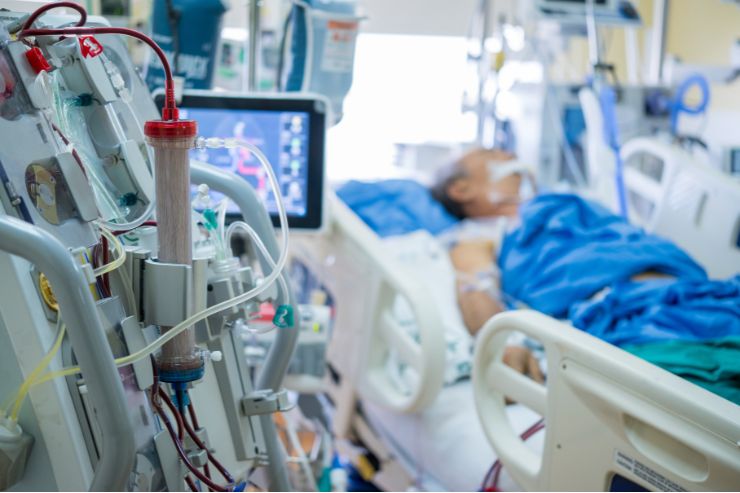
Dialysis is a medical treatment that mimics the function of healthy kidneys by filtering waste, excess fluid, and toxins from the blood. It is essential for people with acute kidney failure or chronic kidney disease (CKD) whose kidneys are no longer able to perform these functions effectively. Dialysis helps maintain the body’s balance of fluids, electrolytes, and waste products, ensuring that patients with kidney failure can live healthier lives.
When is Dialysis Needed?
Dialysis becomes necessary when kidney function falls below 15% of normal capacity, a condition known as end-stage renal disease (ESRD). In some cases, dialysis may also be used temporarily for acute kidney failure when the kidneys suddenly stop working. Symptoms that may indicate the need for dialysis include:
Types of Dialysis
There are two primary types of dialysis: Hemodialysis and Peritoneal Dialysis.
Hemodialysis
In hemodialysis, blood is filtered outside the body through a machine called a dialyzer. The process involves:
Peritoneal Dialysis
In peritoneal dialysis, the filtering process happens inside the body, using the peritoneum (a membrane lining the abdomen) as a natural filter. The process involves:
Benefits of Dialysis
While dialysis cannot cure kidney disease, it significantly improves quality of life by:
Life on Dialysis
Many patients on dialysis continue to lead active lives. Adjustments may be needed to accommodate dialysis schedules, but with proper care, many individuals can work, travel, and participate in daily activities. Diet and fluid intake are important aspects of life on dialysis. Patients will need to follow a kidney-friendly diet, which is low in sodium, potassium, and phosphorus, and monitor how much fluid they drink.